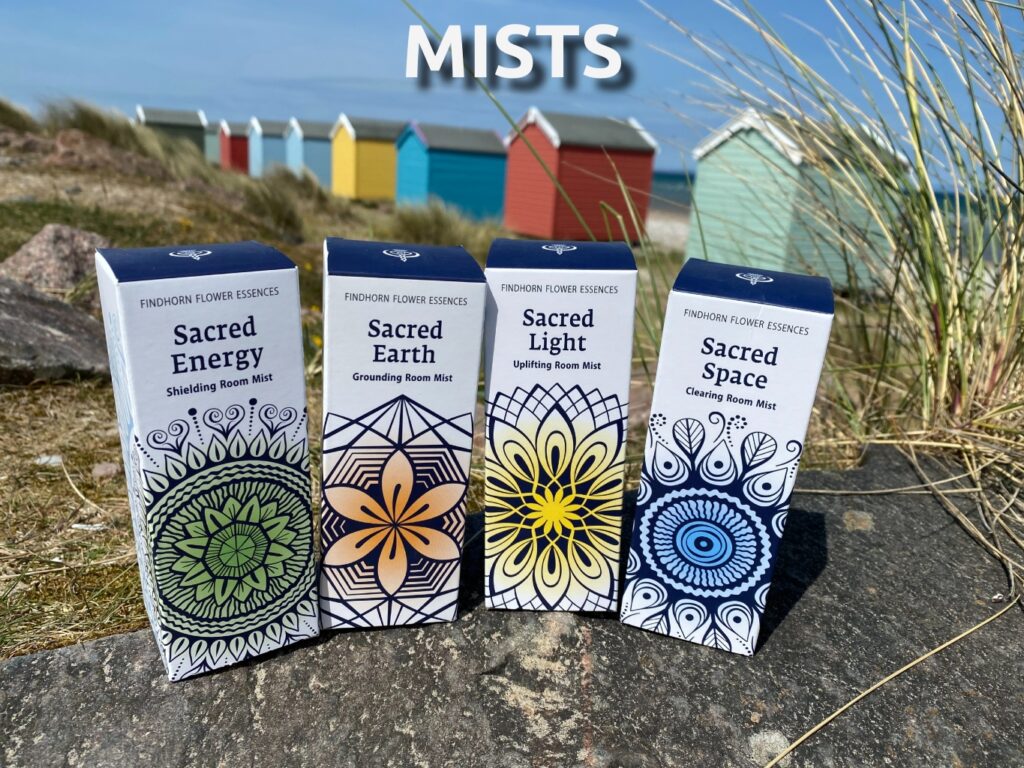Welcome to Nature Spirits the home of Findhorn Essences & Essences by Iona
Our Essences support inner change and holistic wellbeing. Vibrational Essences are liquid drink solutions made in co-creation with the energetic imprint of flowers, trees, gemstones and nature’s sacred elemental forces.
Essences are safe for the whole family and pets, offering emotional support for the many challenges we all face in today’s ever-changing world. As our founder Marion Leigh said, “Findhorn Essences get straight to the heart of the matter”!







 Click here and
Click here and